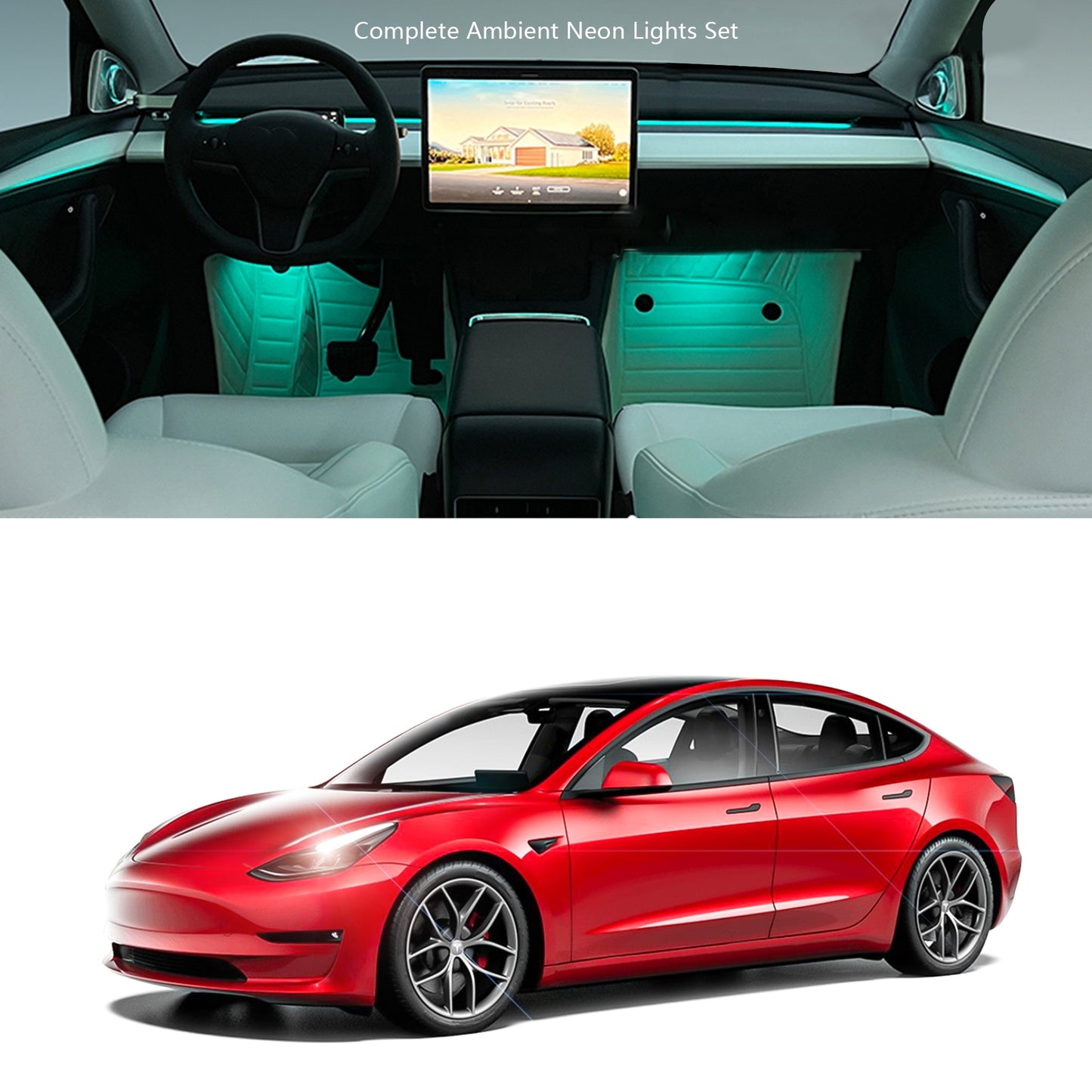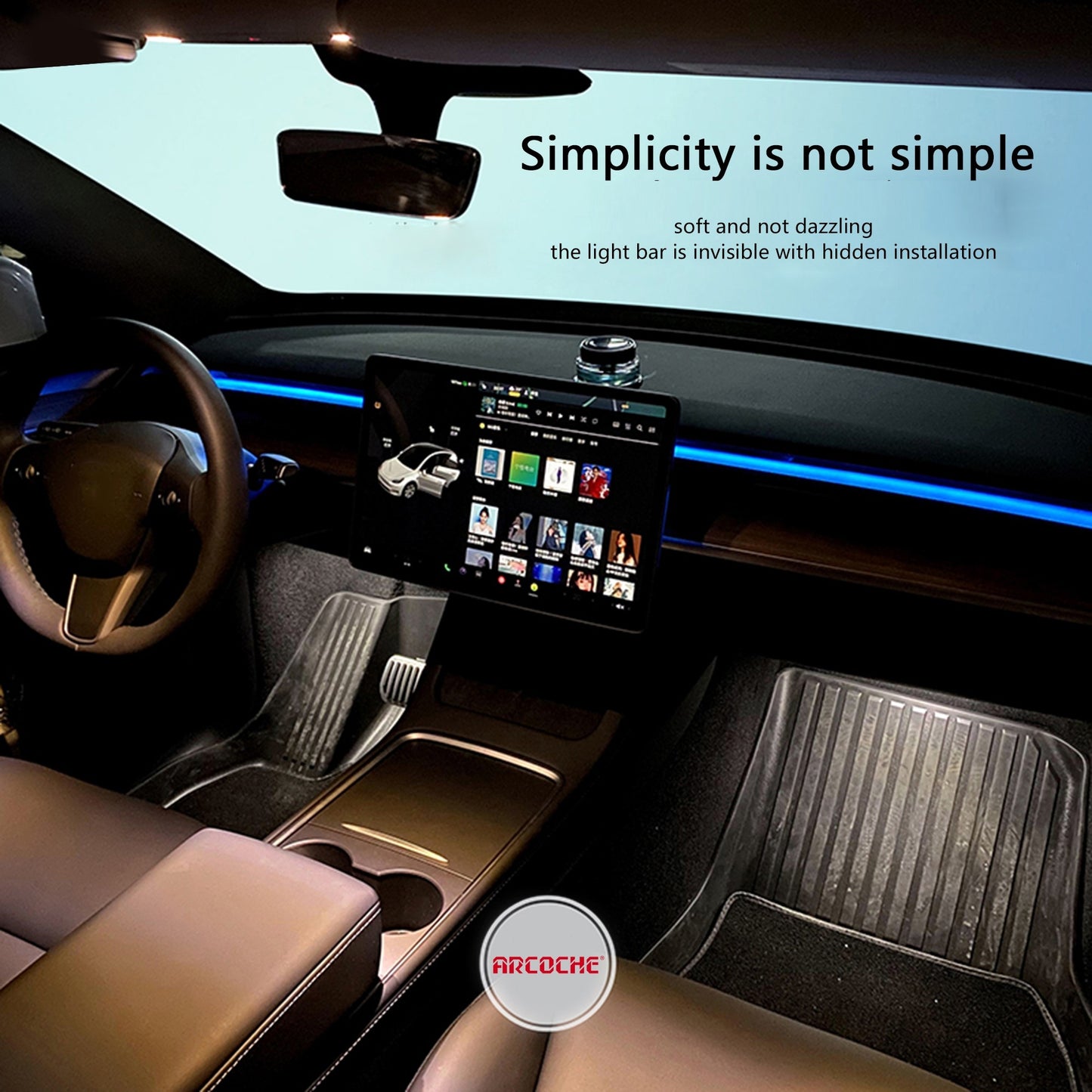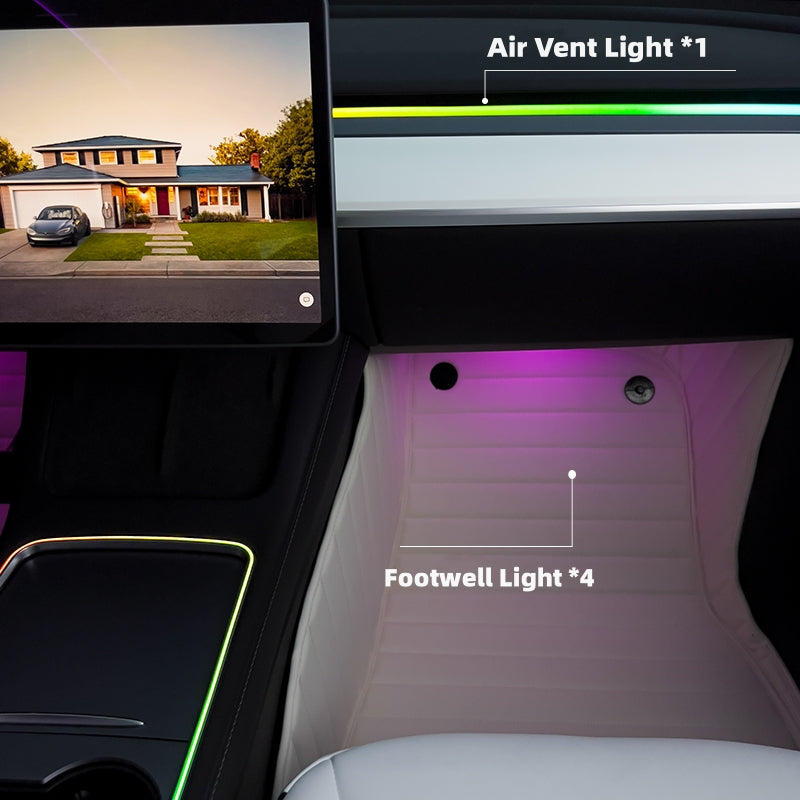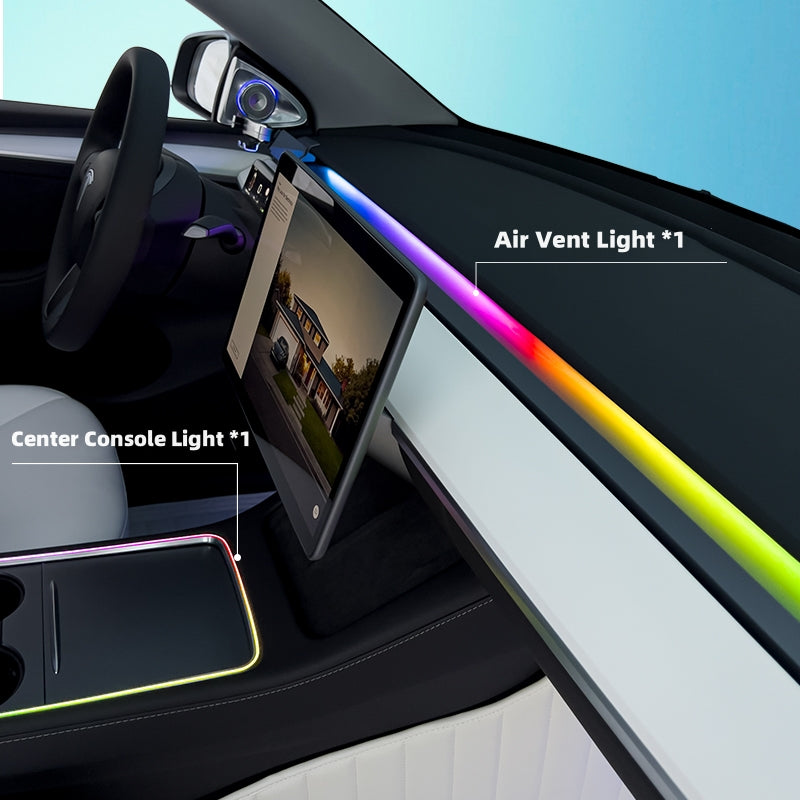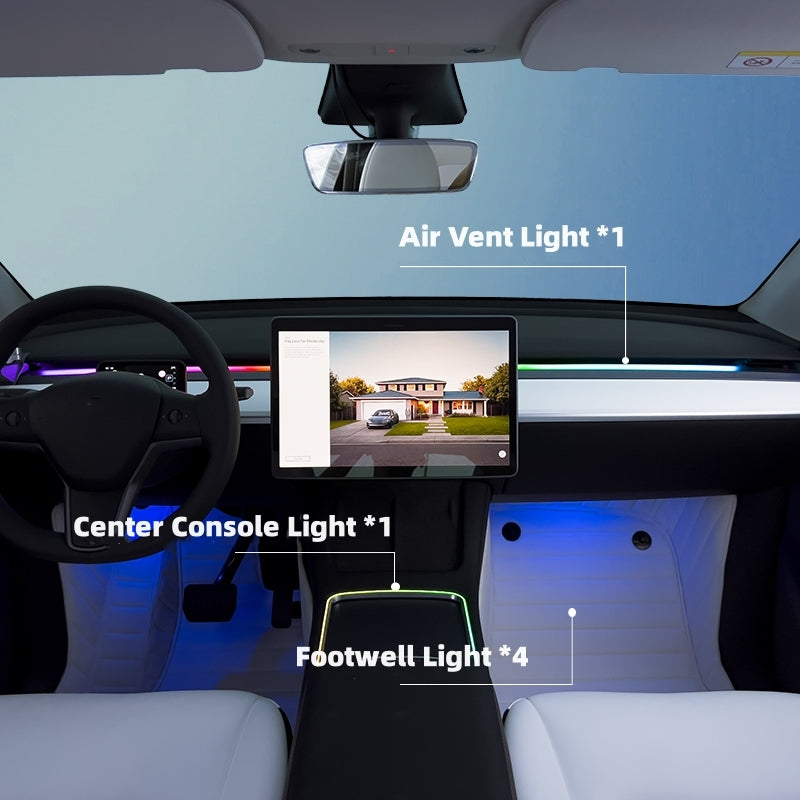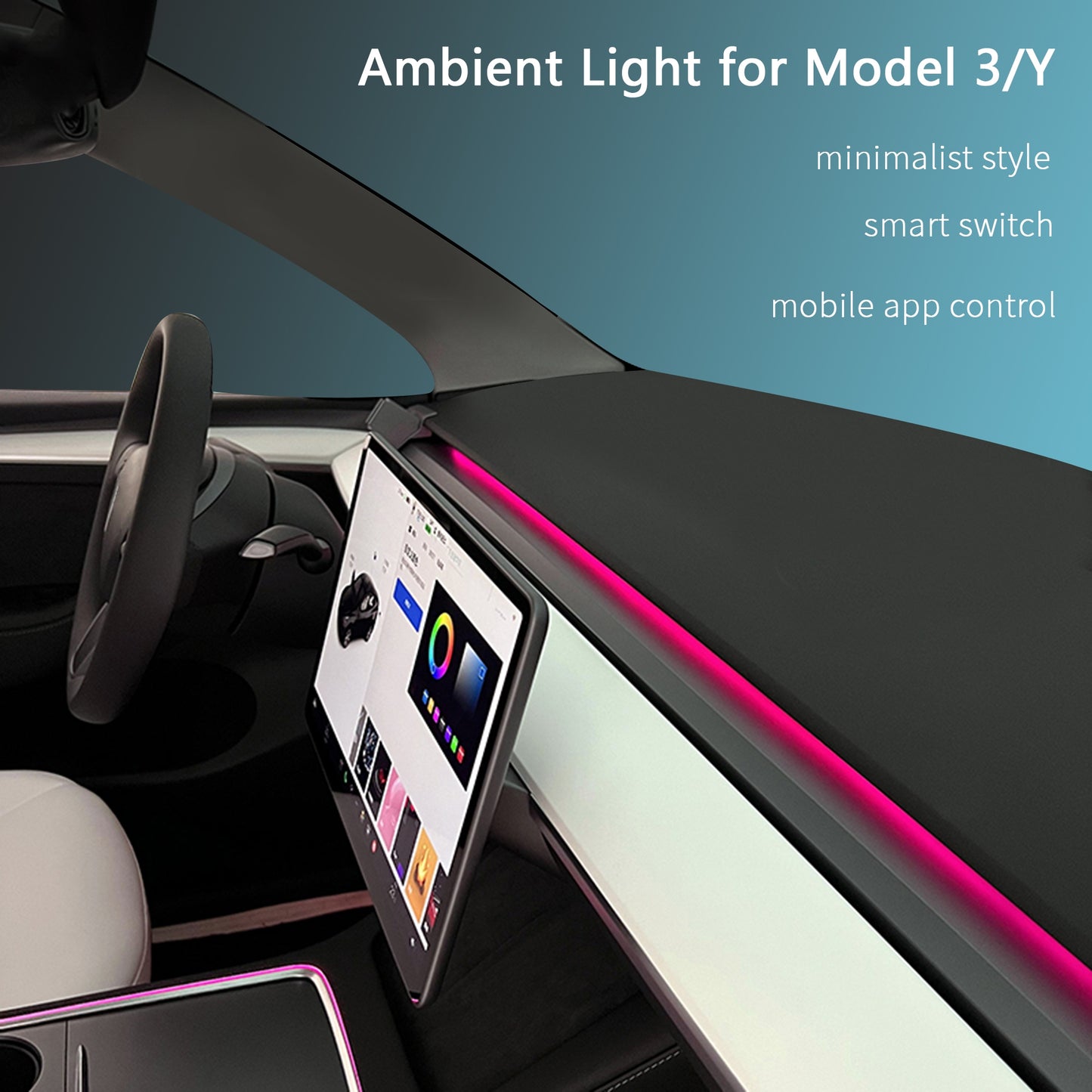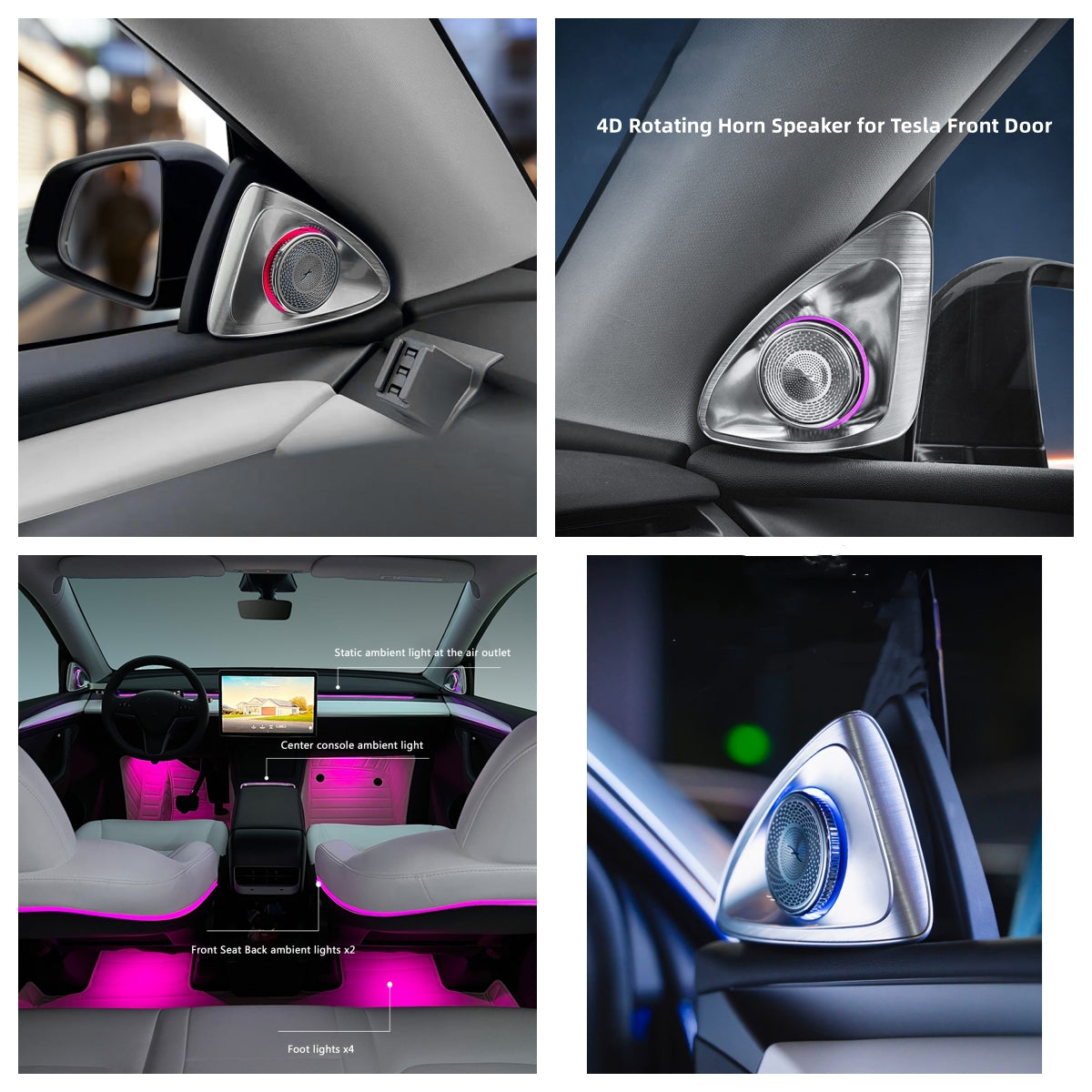
The Washington Post is questioning why Tesla's Autopilot is operable in areas where it's not supposed to be used.
The Washington Post article from December 10, 2023, probes into why Tesla's Autopilot activates on roads unsuitable for its use. This issue has stirred significant debate, evident from the 3,600 comments amassed in just 12 hours since the story went live.
The tragic incident near Key Largo involving a Tesla on Autopilot paints a grim picture. Despite the system not intended for rural roads, the car disregarded crucial cues—a stop sign, blinking light, and five warning signs about the impending road end. The resulting crash led to the death of one individual and severe injuries to another. It goes beyond mere driver distraction; it exposes a deeper flaw in Autopilot's functionality.
In contemplating Elon Musk, Tesla, and the celebrated Autopilot tech, it's crucial to witness the video evidence and consider:
Why did Autopilot activate on an unsuitable road?
How did Autopilot fail to recognize and respond to evident markers of a T intersection?
This tragic incident challenges our understanding of technology's limitations and raises critical questions about its responsible implementation.
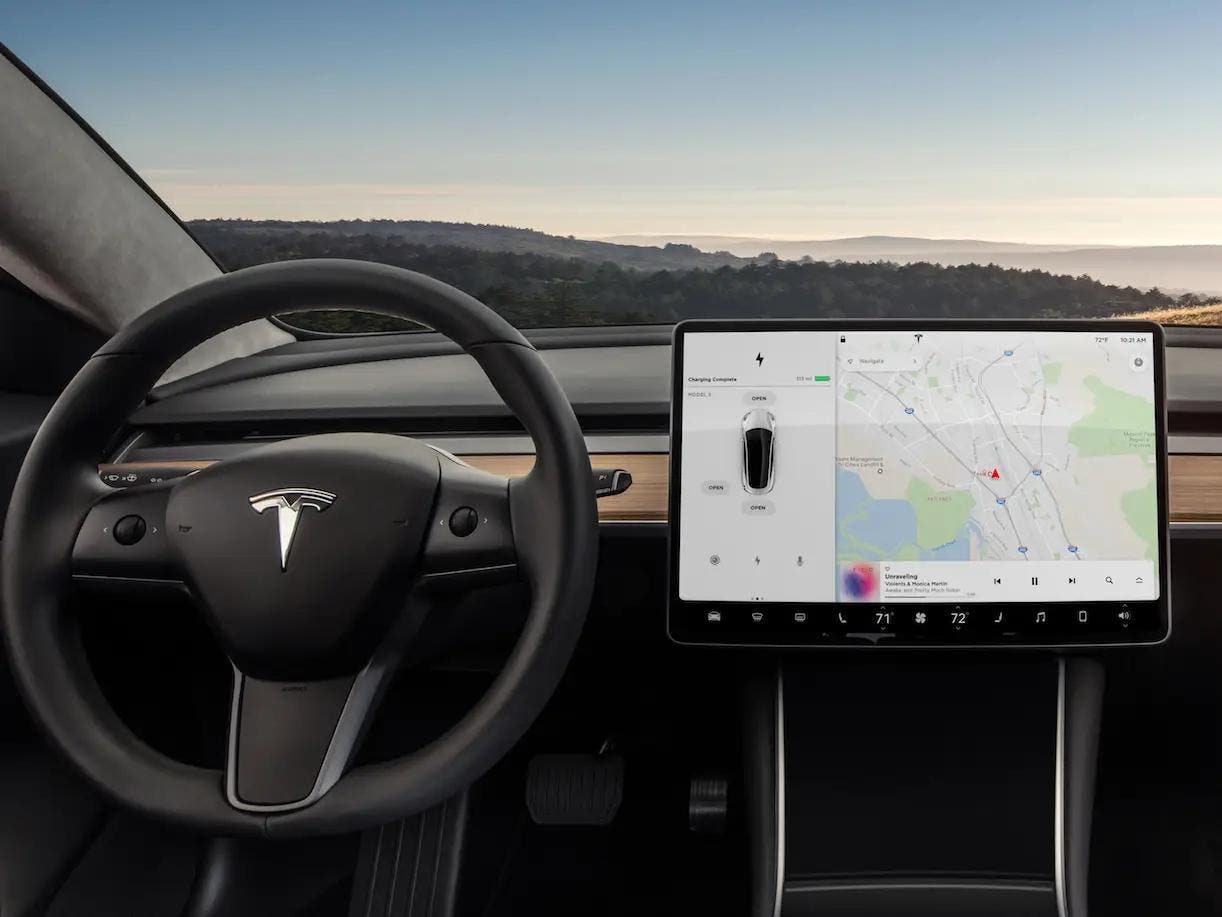
Tesla has openly acknowledged in various documents and communications that Autosteer, the core feature of Autopilot, is meant for controlled-access highways, detailing its limitations around hills, sharp curves, and unsuitable road conditions. Despite possessing the technical capability to restrict Autopilot geographically, Tesla has not taken definitive steps to limit its usage, prompting questions as to why.
One plausible explanation might involve a clash between the National Transportation Safety Board (NTSB) and the National Highway Traffic Safety Administration (NHTSA). Following the fatal 2016 Tesla Model S crash, where driver Joshua Brown lost his life, the NTSB advocated for limitations on where driver-assistance technology could activate. However, lacking regulatory authority over Tesla, the NTSB couldn't enforce its recommendations. NHTSA, responsible for setting auto safety standards, faced criticism for its inaction, leading to tension between the agencies.
NTSB Chair Jennifer Homendy expressed frustration, emphasizing that NHTSA's failure to regulate where Tesla's technology operates reflects a systemic safety issue. She urged action, questioning how many more lives must be lost before regulatory steps are taken. In response, NHTSA emphasized its commitment to safety but deemed it complex and resource-intensive to ensure systems like Tesla Autopilot function within designated conditions, suggesting it might not solve the issue.
Homendy remained skeptical, noting the tendency for agencies and industries to dismiss NTSB recommendations until more tragedies occur. Tesla, in legal cases and public statements, has consistently shifted responsibility to drivers for Autopilot-involved crashes, stating that the driver determines the car's acceptable operating environment.
This situation underscores a complex regulatory landscape, where the delineation of responsibility between manufacturers, regulators, and drivers remains a point of contention, despite the pressing need for enhanced safety measures in advanced driver-assistance systems like Tesla's Autopilot.
Former NHTSA chief Steven Cliff, reflecting on regulatory approaches, noted the cautious stance, highlighting the agency's past mandate for companies like Tesla to report crash data involving advanced driver-assistance systems (ADAS). Despite this data collection, transitioning from this stage to establishing final rules, if necessary, can be a lengthy process. Tesla's approach, according to Cliff, leans towards empowering operators to determine safety standards while allowing flexibility in decision-making.
Cliff pointed out Tesla's capability to restrict where its technology operates. With its knowledge of location via navigation, the car can discern suitable usage areas. He questioned the allowance of technology activation in unsuitable locations if it wasn't designed for such environments.
The clash between regulators, exemplified by Elon Musk's disagreement with former NTSB chair Robert Sumwalt, underscores a longstanding dispute. The NTSB's reports on fatal Tesla crashes highlighted issues like driver overreliance on Autopilot and NHTSA's failure to establish limitations on automated control systems, linking these gaps to contributing factors in accidents.
NTSB's efforts to urge action, including letters to Musk and calls for implementing safety measures aligned with Autopilot's design limitations, have faced resistance. Despite repeated appeals from regulatory bodies, there has been no response from Musk or Tesla to address these safety recommendations.
Amidst the controversy, opinions diverge sharply. Some defend Autopilot, suggesting it has saved more lives than harmed, while skeptics insinuate the system might self-disable before a crash, enabling the company to deny its active involvement. However, the real concern emerges from individuals affected by accidents, like the Florida Keys victim, who question the allowance of such potentially dangerous technology on roads, likening it to a deadly weapon.
Beyond Tesla drivers, discussions have turned to the unsuspecting actors in this technological narrative—other drivers, pedestrians, and cyclists—drawn into a vast computer simulation without their consent. Questions arise about who advocates for their rights and safeguards their well-being within this unfolding technological landscape. The fundamental query persists: why are they unwittingly part of the Tesla story, and who ensures their protection?
--------This article is partly excerpted from Washington Post.




